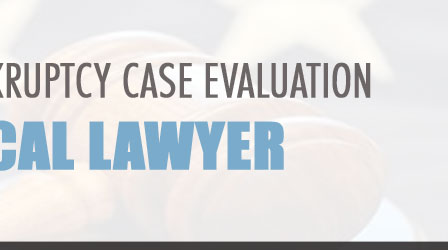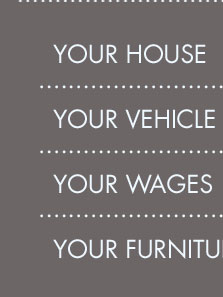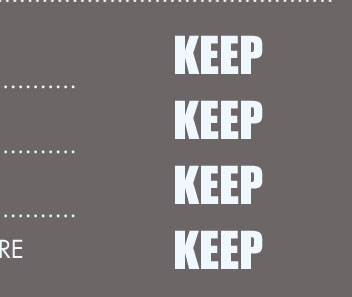 |
 |
 |
|---|
 |
 |
 |
|---|---|---|
 |
 |
 |
 |
 |
 |
|---|---|---|
 |
 |
 |
 |
Understanding Chapter 11 Bankruptcy in California: A Comprehensive Guide
Introduction to Chapter 11 Bankruptcy
Chapter 11 bankruptcy, often referred to as 'reorganization bankruptcy,' provides businesses and individuals a way to restructure their debts while continuing operations. This option is particularly relevant in California, where the dynamic economic environment can challenge even the most robust enterprises.
Eligibility and Filing Process
To file for Chapter 11 bankruptcy in California, one must meet specific eligibility criteria. Generally, both corporations and individuals can file, but the process is complex and requires careful planning.
Steps Involved in Filing
- Consultation: Engage with a qualified bankruptcy attorney to assess your situation. Consider seeking advice from a bankruptcy attorney spanish speaking if language is a barrier.
- Petition Filing: File a petition with the bankruptcy court to initiate the process.
- Automatic Stay: Once filed, an automatic stay is enacted, halting creditors from pursuing collections.
Reorganization Plan
Central to Chapter 11 is the reorganization plan. This plan outlines how the debtor intends to manage and repay debts. Successful plans often involve renegotiating terms with creditors and may include selling assets or downsizing operations.
Key Elements of a Reorganization Plan
- Debt Restructuring: Propose new payment terms.
- Asset Management: Identify assets to be retained or sold.
- Operational Changes: Outline any necessary business adjustments.
Benefits and Challenges
Filing for Chapter 11 offers both advantages and hurdles. The ability to continue operations while restructuring debt is a significant benefit, but the complexity and cost of the process can be prohibitive.
Advantages
- Maintains business operations.
- Opportunity to renegotiate terms.
Challenges
- Expensive and time-consuming.
- Requires detailed planning and execution.
For businesses and individuals looking for local expertise, consulting a bankruptcy attorney sheboygan wi might provide valuable insights and support.
Frequently Asked Questions
What is the primary purpose of Chapter 11 bankruptcy?
The primary purpose is to allow businesses and individuals to reorganize debts while maintaining operations, providing a structured opportunity to improve financial stability.
How long does the Chapter 11 process take in California?
The duration can vary significantly, often taking several months to years, depending on the complexity of the case and the effectiveness of the reorganization plan.
Can individuals file for Chapter 11 bankruptcy?
Yes, individuals can file for Chapter 11, though it is more commonly used by businesses due to its complexity and cost.
What happens if the reorganization plan fails?
If the plan fails, the court may convert the case to Chapter 7, resulting in the liquidation of assets to pay creditors.
Understanding the nuances of Chapter 11 bankruptcy in California can aid in making informed decisions and navigating financial challenges effectively.
Our Chapter 11 bankruptcy lawyer in San Bernardino County will review the financial situation of your business and advise you according to your circumstances ...
Owners of businesses can file Chapter 11 voluntarily to get immediate protection from creditors. In some cases, one or more creditors may file a petition for an ...
Bankruptcy Code chapter 11 allows several types of individuals and entities to file a case under chapter 11 if they seek to maintain possession of their assets.
![]()